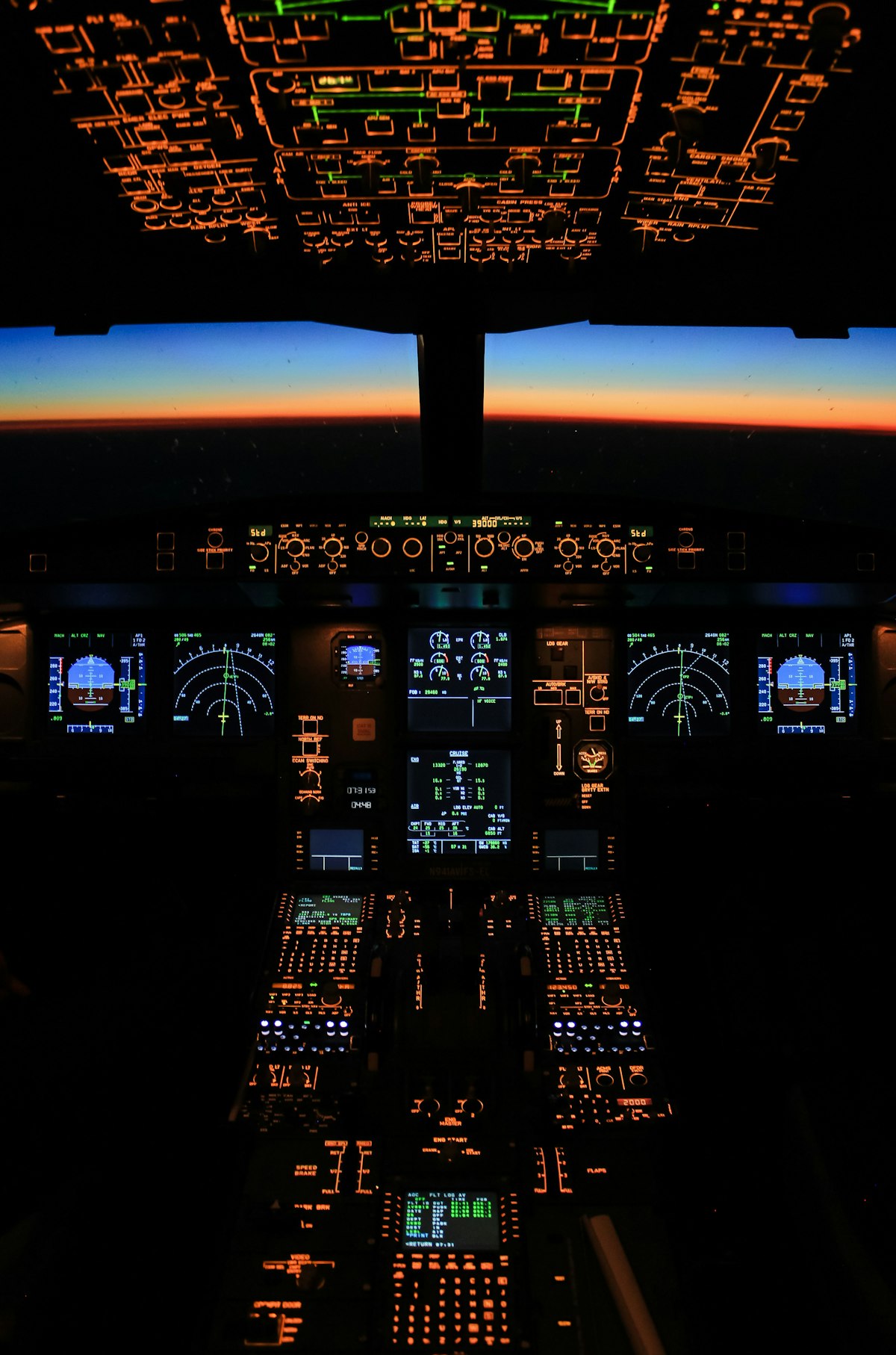The Boeing 787: Innovation in Modern Aviation
Boeing’s 787 Dreamliner represents a significant leap forward in commercial aviation. Designed to improve fuel efficiency and passenger comfort, it integrates advanced technologies that set it apart from previous models.

Development and Launch
The 787 project began in the early 2000s, aiming to develop a long-haul, mid-sized aircraft. Boeing intended to replace its older models while providing an edge over competitors. The official launch was in 2004, with the first flight taking place in December 2009.

Development faced challenges, including production delays and design adjustments. Despite these hurdles, Boeing managed to deliver the first 787 to All Nippon Airways (ANA) in September 2011.

Technological Advancements
The Dreamliner incorporates a range of technical innovations. It uses composite materials for construction, reducing weight and improving fuel efficiency. These materials, primarily carbon-fiber-reinforced polymer, make up 50% of the aircraft’s structure.

New engines designed by both Rolls-Royce and General Electric offer better fuel efficiency and reduced noise. Advanced aerodynamics, including raked wingtips, contribute to the 787’s improved performance.

Passenger Comfort
Boeing focused heavily on enhancing passenger experience. Larger windows, with an adjustable tint feature, allow more natural light into the cabin. The 787 also maintains higher cabin pressure and humidity levels, reducing passenger fatigue on long flights.

The cabin design includes quieter engines and innovative noise-reducing technologies. This results in a quieter flying experience, further adding to passenger comfort.

Efficiency and Performance
The Dreamliner offers significant improvements in fuel consumption. It is approximately 20% more fuel-efficient than the aircraft it aims to replace, which leads to lower operating costs for airlines. The fuel efficiency also translates to environmental benefits, with reduced carbon emissions.

The range of the 787 varies by model. The 787-8 can fly up to 13,530 kilometers, while the 787-9 and 787-10 offer slightly different ranges, accommodating different airline needs.

Models and Variants
- 787-8: The base model, with a typical seating capacity of 242 passengers in a two-class configuration. It features a range of 13,530 kilometers.
- 787-9: This variant is a stretch of the 787-8, seating approximately 290 passengers. It has a slightly longer range than the 787-8.
- 787-10: The largest model in the 787 family, seating about 330 passengers. Although it has a shorter range, it offers higher passenger capacity.
Operational Use
The 787 is popular among major airlines worldwide. Its introduction has allowed airlines to open new non-stop routes and improve the efficiency of existing ones. The aircraft’s range and flexibility enable airlines to operate long-haul flights more economically.

Some notable operators of the 787 include ANA, United Airlines, British Airways, and Qatar Airways. These airlines benefit from the 787’s enhanced performance and operational cost savings.

Economic Impact
The Dreamliner’s introduction has significant implications for the aviation industry. For Boeing, it brought in substantial revenue and restored competitiveness against rival Airbus. Numerous airlines have placed large orders, contributing to Boeing’s financial health.

Additionally, the production and operation of the 787 create numerous jobs. The supply chain involves a global network of suppliers, impacting economies beyond just the U.S.

Challenges and Criticisms
The 787 program faced several setbacks. Initial production delays and battery issues caused significant disruptions. Several airlines experienced operational delays and had to ground their fleets due to technical problems.

Critics argue that these challenges reflect flaws in Boeing’s management and production strategies. However, the company addressed many issues, and the 787 remains a crucial part of modern aviation.

Future Prospects
The Boeing 787 continues to evolve with ongoing improvements. Boeing aims to further enhance its efficiency and performance, ensuring it remains competitive. New technologies and design tweaks will likely be incorporated into future models.

Additionally, the success of the 787 influences future aircraft development. Lessons learned from its production inspire innovations in upcoming Boeing projects, including the proposed 777X and new mid-sized aircraft.

Subscribe for Updates
Get the latest articles delivered to your inbox.
We respect your privacy. Unsubscribe anytime.